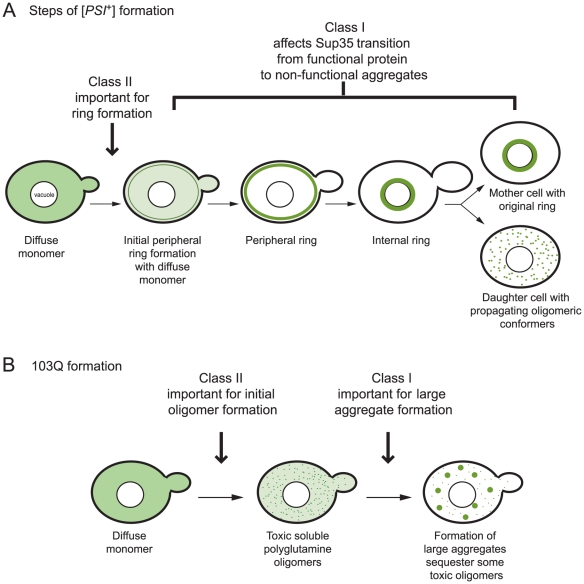Figure 5. Proposed effects of class I and II genes on the multistep pathways of de novo prion and polyglutamine aggregate formation.
A. Induction of [PSI+] by transient overexpression of Sup35PD-GFP in a [psi−] [PIN+] strain with endogenous Sup35 tagged with GFP. As described in Mathur et al., [55] the first stages of [PSI +] induction involve the formation of a peripheral fluorescent ring. Class II deletions appear to inhibit this step. As the ring matures, diffuse Sup35 diminishes in intensity. The peripheral ring then collapses to surround the vacuole. The daughters of the ring containing cell contain multiple Sup35:GFP aggregates characteristic of [PSI+]. Class I deletions interfere with transitioning to [PSI +] after the ring appears. B. Hypothetical model of 103Q aggregation in [PIN +] cells. Class II proteins function in the initial formation of small toxic 103Q oligomers (left), since class II gene deletions result in diffuse fluorescence and suppression of toxicity. Class I proteins most likely facilitate incorporation of these small oligomers into large protective aggregates (right).

